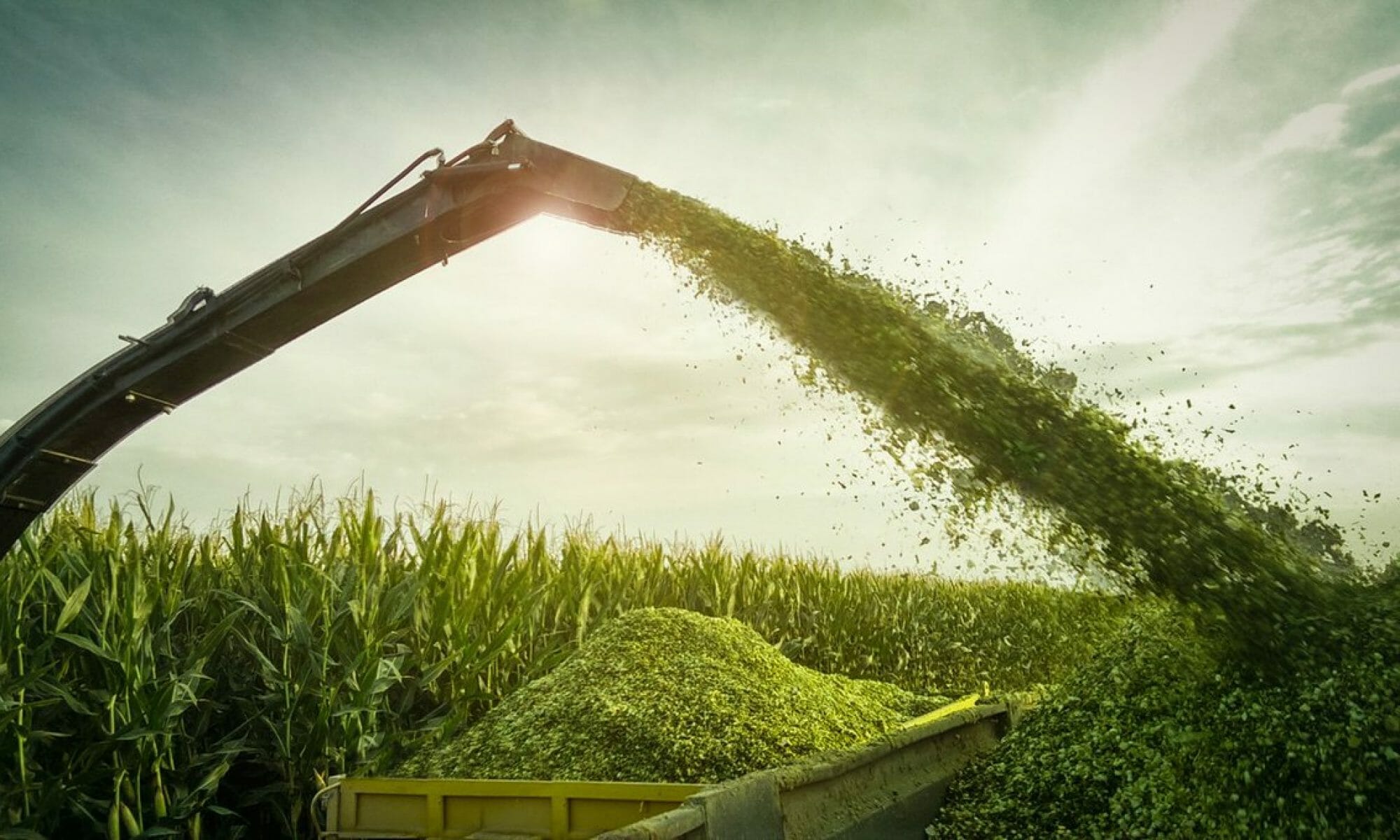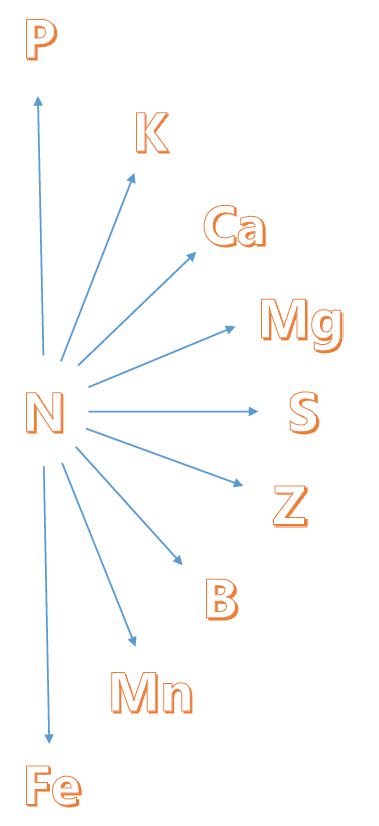This growing season we added the balance interpretation to our tissue test for corn, soybeans and wheat.
Sufficiency Ranges determine the amount of an nutrient – Compares your N to the normal range of N
Balance Interpretation determines the balance of a nutrient in the plant tissue – Compares N to the normal range of N:P, N:K to N:K, N:S to N:S, etc.
Both the amount and the balance within the plant tissue are important to interpret your results.
Traditional sufficiency range interpretation compares a nutrient amount to an established normal range (Example: N to a normal range for N). Sufficiency ranges provide insight into the plant but in some cases interpretation can be tricky because the normal range will vary in the growing season, by soil type, hybrid, etc.
Balance interpretation compares nutrient ratios to the other nutrients in the plant (N to P,K,S, Mg, Ca,Zn,Fe,Mn,B). In a typical balance calculation 55 ratios are used to determine the balance. Using a dataset of known ratios we rank the severity of the imbalance (NBI) and determine which nutrient is out of balance
So see some examples of the balance interpretation on a report go to the Example Plant Tissue Reports page









